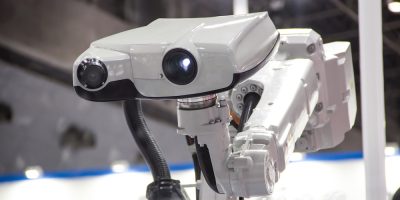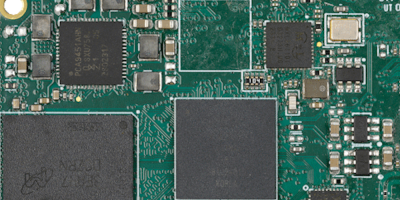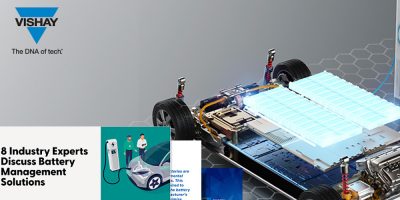Mouser Electronics, is now stocking the CC1354P10 SimpleLink wireless microcontroller (MCU) from Texas Instruments. The CC1354P10 device, optimised for low-power wireless communications, features on-chip over-the-air update capabilities and advanced security features. The CC1354P10 SimpleLink wireless microcontroller enables long-range and reliable communication in a range of applications, including building security systems, smart meters, HVAC, medical, wired networking, portable electronics, home theatre and entertainment, and connected peripherals.
The Texas Instruments CC1354P10 is a multiprotocol and multi-band Sub-1 GHz and 2.4 GHz wireless microcontroller. The CC1354P10 device includes wireless protocol support for Thread, Zigbee, Bluetooth 5.3 Low Energy, IEEE 802.15.4, IPv6-enabled smart objects, and proprietary systems. The CC1354P10 also supports Matter, an industry-unifying, IP-based connectivity protocol that streamlines the development of IoT applications while allowing seamless integration into a variety of ecosystems for smart homes, industrial automation, consumer electronics, smart agriculture, healthcare, and more.
The CC1354P10 device is part of the SimpleLink platform, which consists of Wi-Fi, Bluetooth Low Energy, Thread, Zigbee, Sub-1 GHz MCUs, and host MCUs that share a single-core software development kit (SDK) and rich tool set. A one-time integration of the SimpleLink platform allows users to add any combination of the portfolio’s devices into a design, allowing 100 percent code reuse when design requirements change. The multi-band wireless MCUs offer pin-to-pin compatibility from 352KBytes of Flash up to 1MByte of Flash in the 7 mm2 QFN package for maximum design scalability.







